Historic armies that the world once feared
Throughout history, powerful armies have shaped empires and changed the course of nations. These military forces, known for their discipline, strategy, and sheer might, were the backbone of their civilizations.
From the disciplined Roman Legions to the daring Viking Raiders, each had unique characteristics that set them apart. Today, we delve into the fascinating stories of these ancient powerhouses, exploring their tactics, innovations, and the legacies they left behind.
The Terrifying Might of the Roman Legions
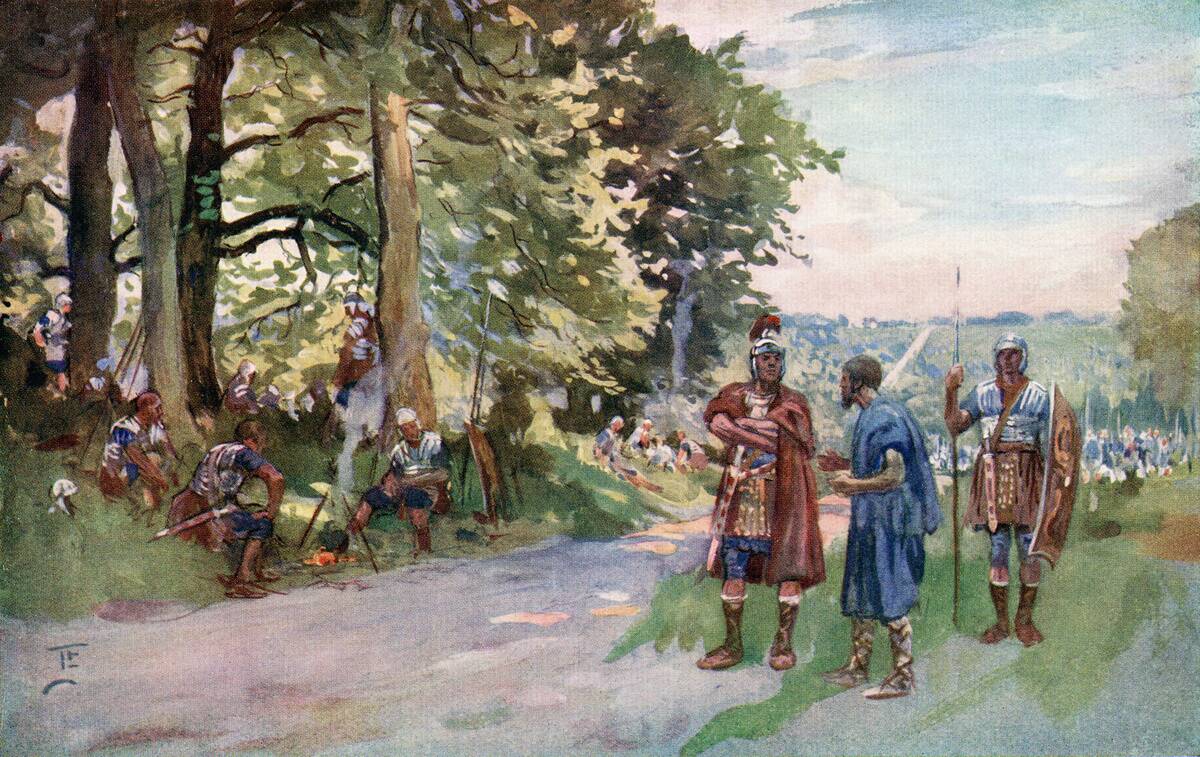
The Roman Legions were the epitome of military efficiency in the ancient world. With their rigorous training and innovative tactics, they conquered vast territories across Europe and beyond. The Roman soldiers, known as legionaries, were equipped with short swords called gladii and large rectangular shields.
Their famous testudo formation, resembling a tortoise shell, provided protection against enemy arrows. The flexibility and discipline of these legions made Rome a formidable force for centuries.
The Invincible Greek Phalanx

The Greek phalanx was a revolutionary military formation that relied on the unity and strength of heavily armed infantrymen, known as hoplites. Armed with long spears and shields, these warriors would form a tight-knit wall of defense.
The phalanx was particularly effective in narrow battlefields, where its compact structure could hold off larger numbers. This formation was central to Greek victories, most notably during the Persian Wars, showcasing the Greeks’ strategic prowess.
The Ferocious Mongol Horde
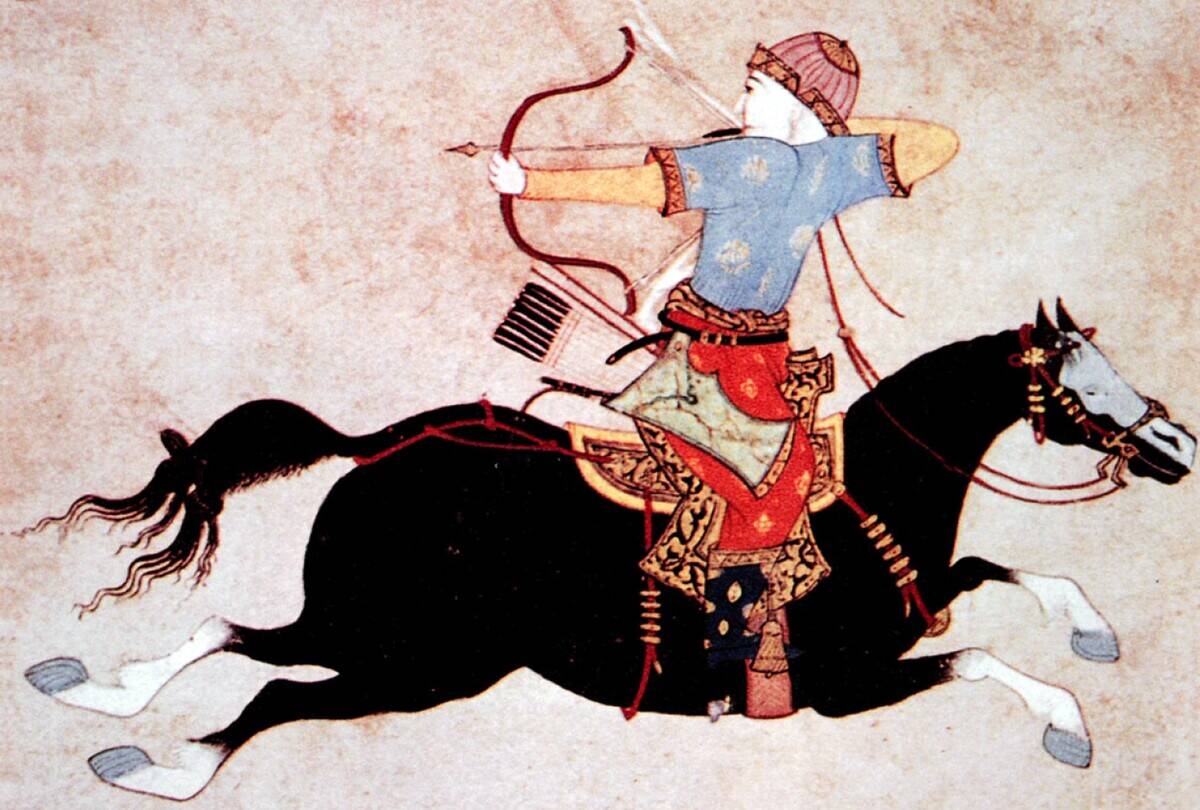
The Mongol Horde, under the leadership of Genghis Khan, was a fearsome force that conquered much of Asia and Europe. Known for their exceptional horseback archery skills, the Mongols utilized speed and surprise in their attacks.
Their ability to travel vast distances quickly, combined with a sophisticated communication system, allowed them to outmaneuver and overwhelm their enemies. The Mongols’ military success was not just due to their tactics but also their adaptability and clever use of intelligence.
The Elite Persian Immortals
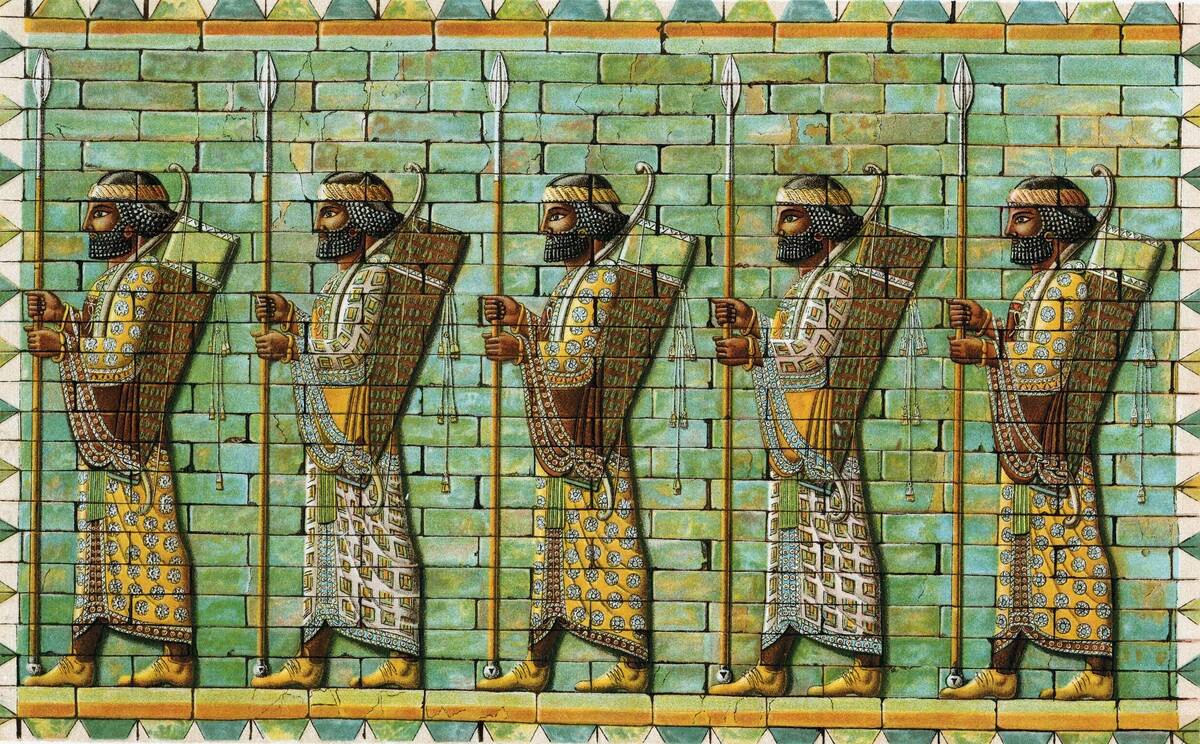
The Persian Immortals were an elite fighting force within the Achaemenid Empire, known for their exceptional skills and unwavering loyalty. Numbering 10,000 strong, they were called ‘Immortals’ because their ranks were always kept full; if one fell, another would immediately take his place.
Clad in scale armor and armed with spears and bows, they played a crucial role in Persian military campaigns. Their presence on the battlefield was a symbol of Persian strength and unity.
The Formidable Spartan Army
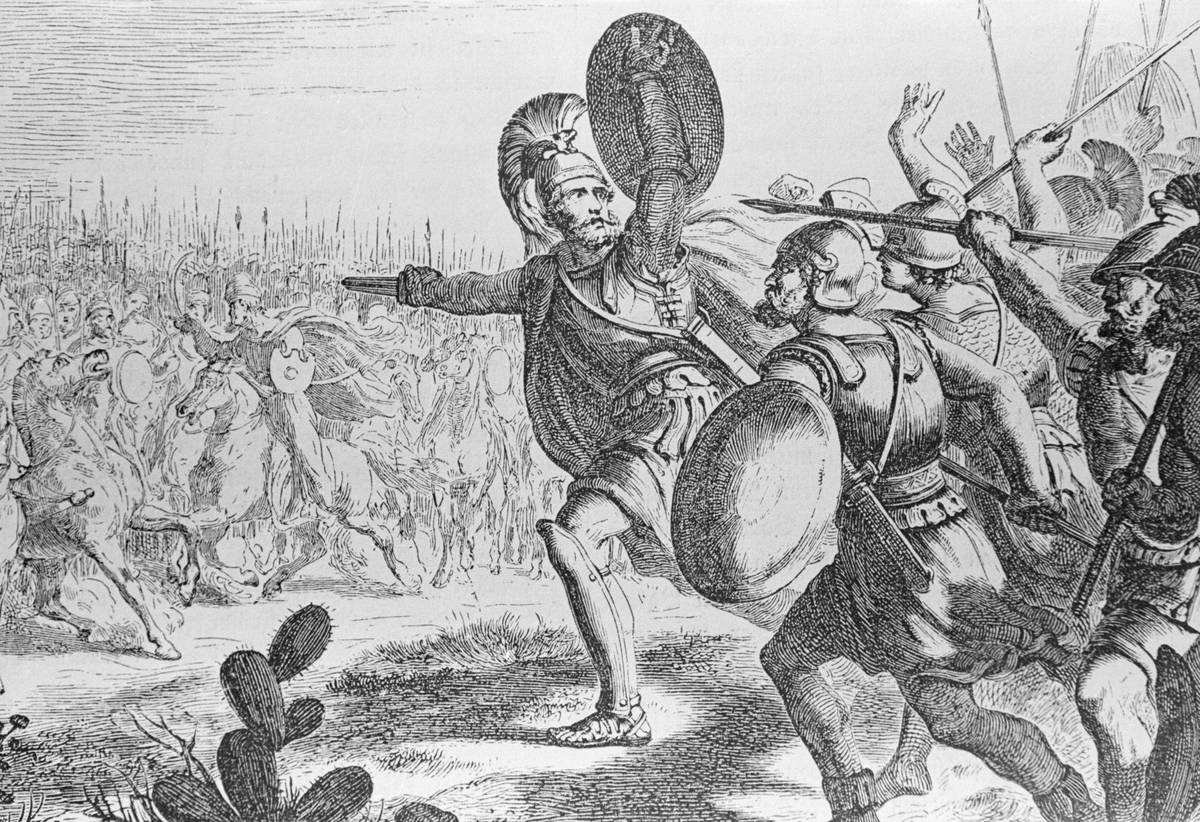
The Spartan army was legendary for its discipline and combat skills, honed through rigorous training from a young age. Every Spartan male was expected to become a soldier, dedicating his life to the state.
Their society was built around warfare, with a strict code of honor and bravery. The Spartans’ most famous feat of strength came at the Battle of Thermopylae, where a small force held off the massive Persian army for three days. Their legacy of valor and sacrifice remains a powerful symbol of military excellence.
The Legendary Samurai Warriors of Japan
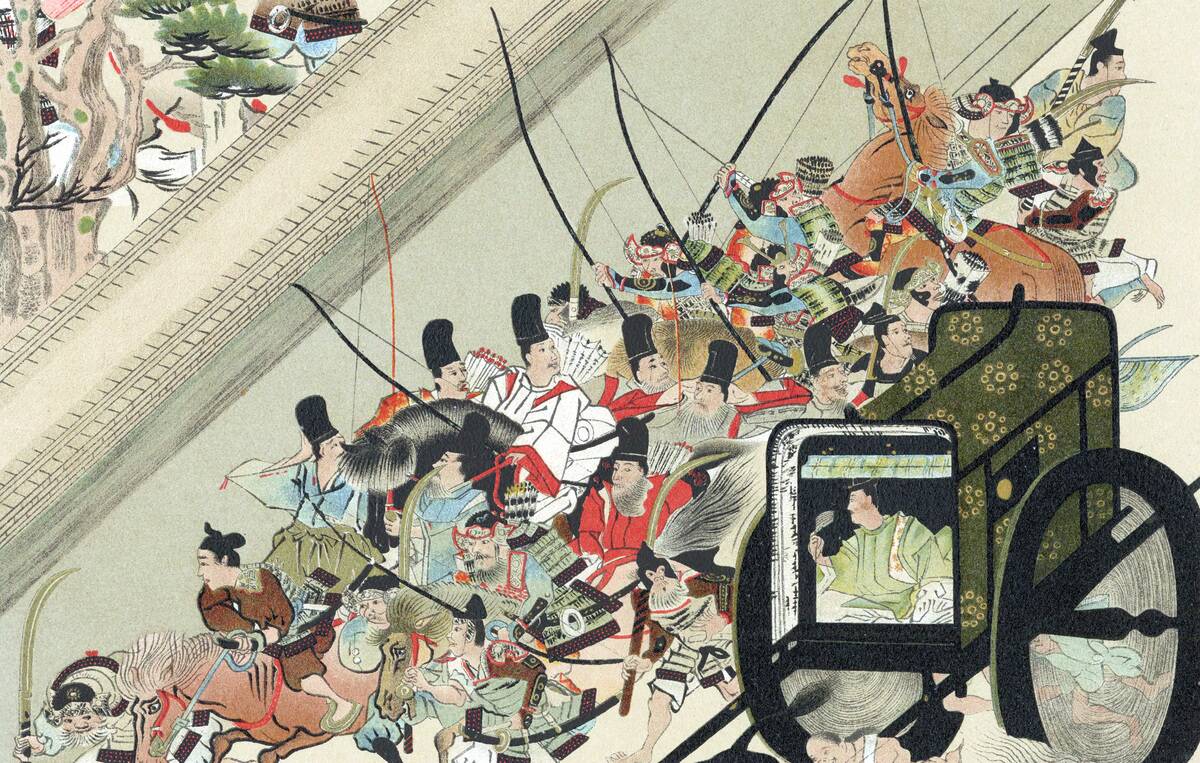
Samurai warriors were the noble class of feudal Japan, renowned for their martial skills and strict code of bushido, or ‘the way of the warrior.’ Armed with katana swords and wearing intricate armor, they served as both soldiers and administrators.
The samurai played a pivotal role in Japanese history, leading to the establishment of the Tokugawa shogunate. Their emphasis on honor, loyalty, and martial prowess has left a lasting cultural impact, inspiring countless works of art and literature.
The Unstoppable Zulu Impis

The Zulu Impis, under the leadership of King Shaka Zulu, were a highly organized and effective military force in southern Africa. Shaka revolutionized traditional warfare by introducing the iklwa, a short stabbing spear, and emphasizing close combat.
The Zulu warriors were known for their speed and agility, utilizing the ‘buffalo horn’ formation to encircle and overwhelm their enemies. Their military innovations and tactics allowed the Zulu Kingdom to become a dominant power in the region.
The Conquering Armies of Alexander the Great
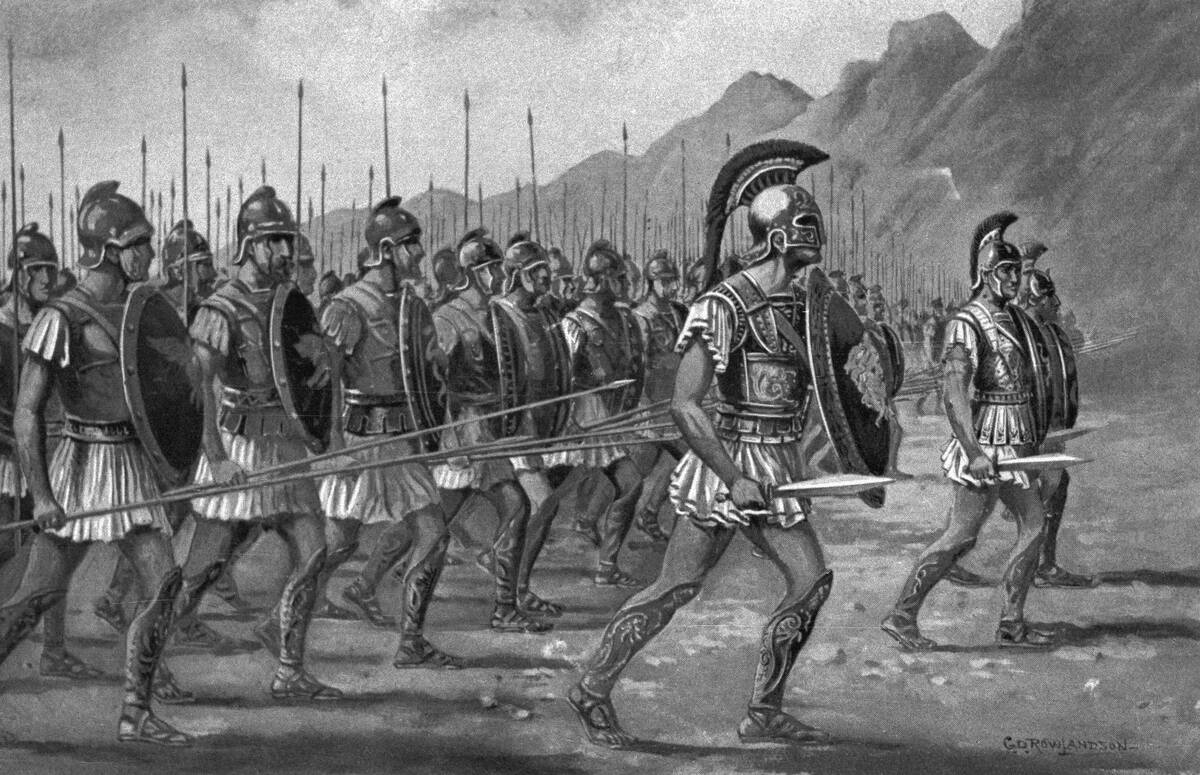
Alexander the Great’s armies were instrumental in creating one of the largest empires in history. His forces, composed of the versatile Macedonian phalanx and cavalry units, were highly trained and fiercely loyal.
Alexander’s strategic brilliance led to decisive victories, such as the Battle of Issus and the Battle of Gaugamela. His ability to adapt tactics to different terrains and situations allowed him to conquer vast territories, spreading Greek culture and influence across three continents.
The Fierce Viking Raiders

The Viking raiders from Scandinavia were known for their seafaring prowess and ferocious attacks on coastal settlements across Europe. These Norse warriors used longships to navigate rivers and seas, launching surprise raids that struck fear into their enemies.
Equipped with axes, swords, and shields, they were formidable in battle. However, the axes tended to be their primary weapons, as the swords often weren’t considered strong enough. The Vikings’ exploration and settlements in places like Greenland and Newfoundland also highlight their adventurous spirit and impact on European history.
The Dreaded Ottoman Janissaries

The Janissaries were an elite infantry unit in the Ottoman Empire, originally composed of Christian boys recruited through the devshirme enslavement system. Trained from a young age, they became highly skilled soldiers, loyal only to the Sultan.
The Janissaries played a crucial role in Ottoman military successes, known for their discipline and effectiveness in battle. Their unique status and influence within the empire also led to their eventual downfall, as they became involved in political intrigues and power struggles.
The Skilled Archers of England’s Longbowmen
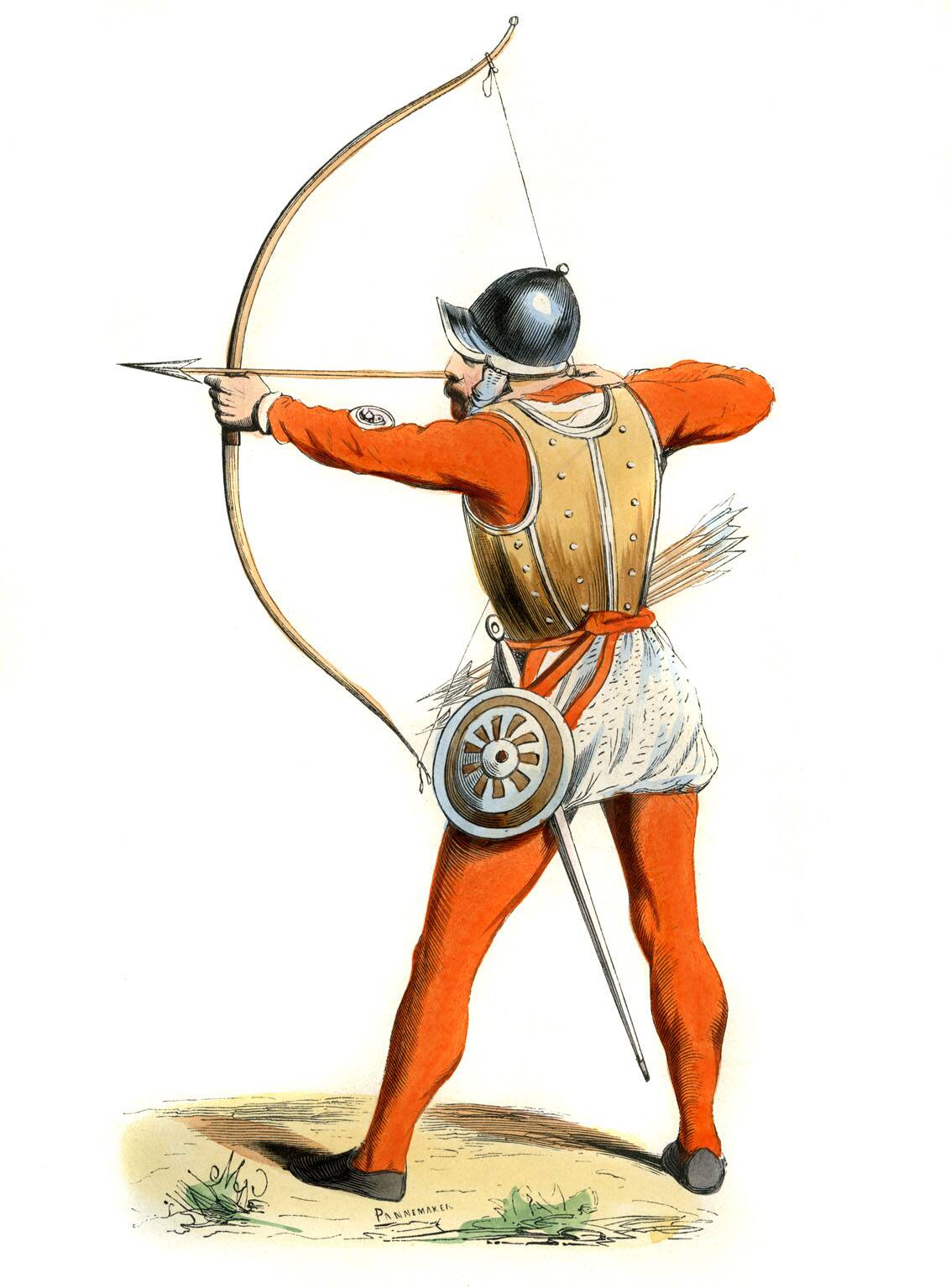
The English longbowmen were a formidable force during the Hundred Years’ War, particularly at battles like Agincourt and Crécy. The longbow, with its impressive range and accuracy, allowed the English to decimate opposing forces from a distance.
Skilled archers could shoot up to ten arrows per minute, a rate that overwhelmed enemy troops. The effectiveness of the longbow contributed significantly to England’s military successes, changing the nature of medieval warfare.
The Fearsome Assyrian Army
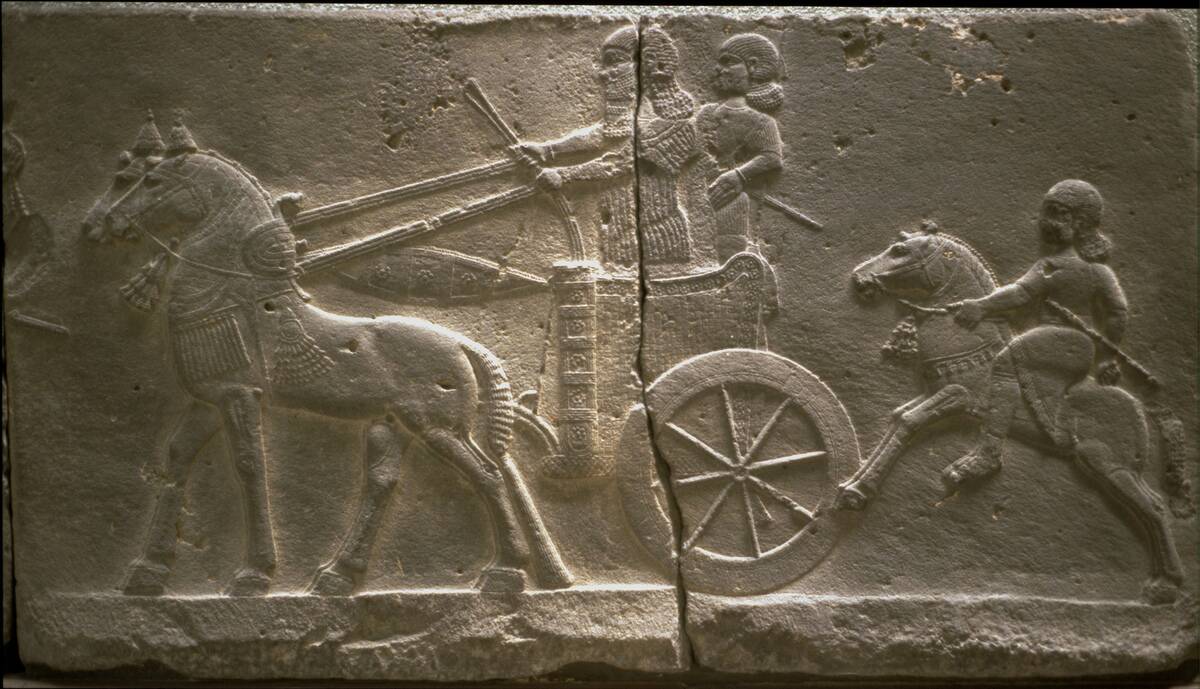
The Assyrian army was one of the earliest to employ advanced military tactics and technologies. Known for their use of iron weapons and chariots, the Assyrians dominated the ancient Near East.
Their military strategies included siege warfare and psychological tactics to intimidate enemies. The Assyrians also established a sophisticated communication network to coordinate their campaigns. Their military prowess allowed them to create one of the most powerful empires of the early ancient world.
The Elite French Musketeers
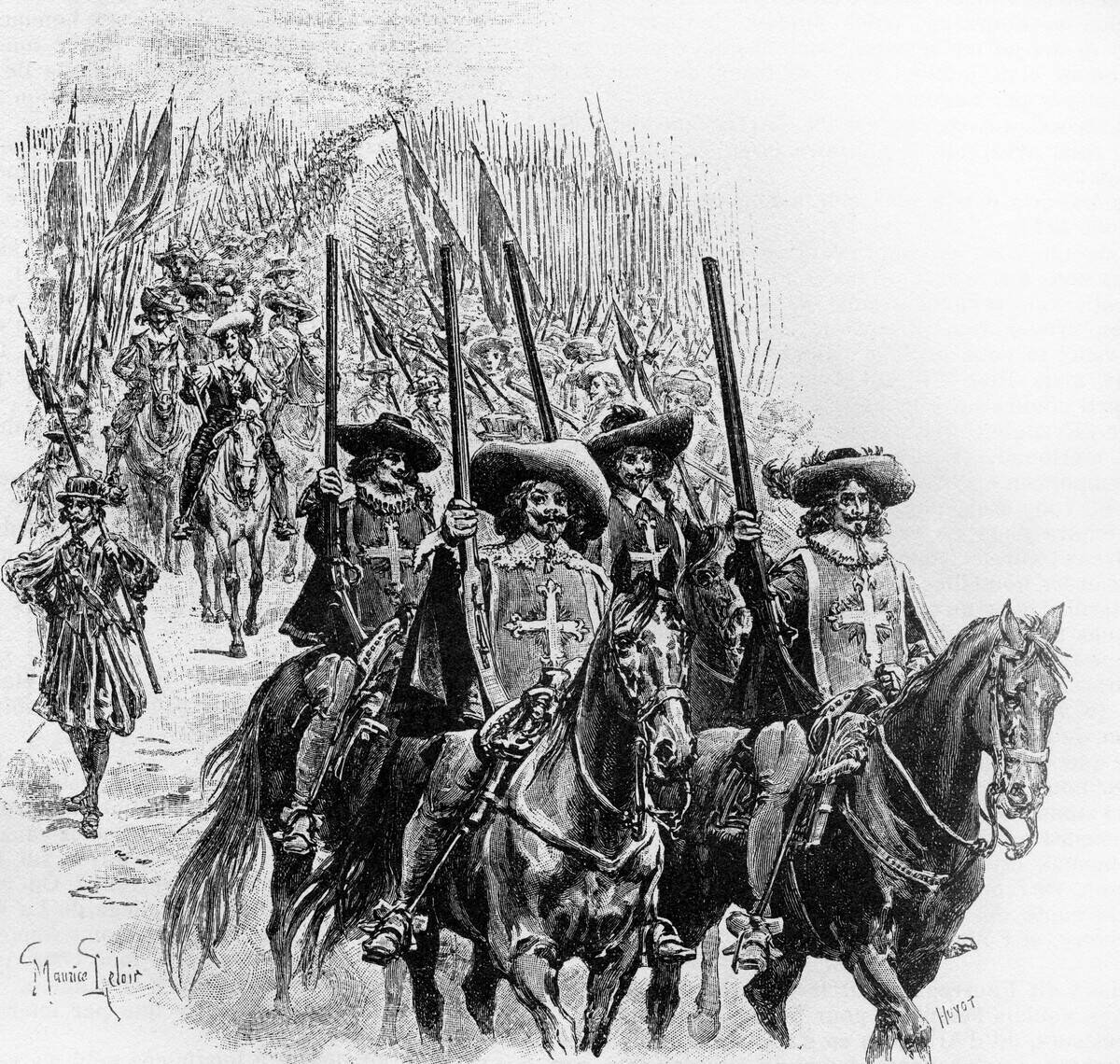
The French Musketeers were an elite military unit during the reign of Louis XIII and Louis XIV, known for their skill with muskets and swords. These soldiers were not only warriors but also served as the king’s personal guard.
The Musketeers became famous through Alexandre Dumas’ novel, The Three Musketeers, which romanticized their adventures and camaraderie. In reality, their disciplined training and loyalty were crucial to maintaining royal power and influence in France.
The Mighty Huns under Attila
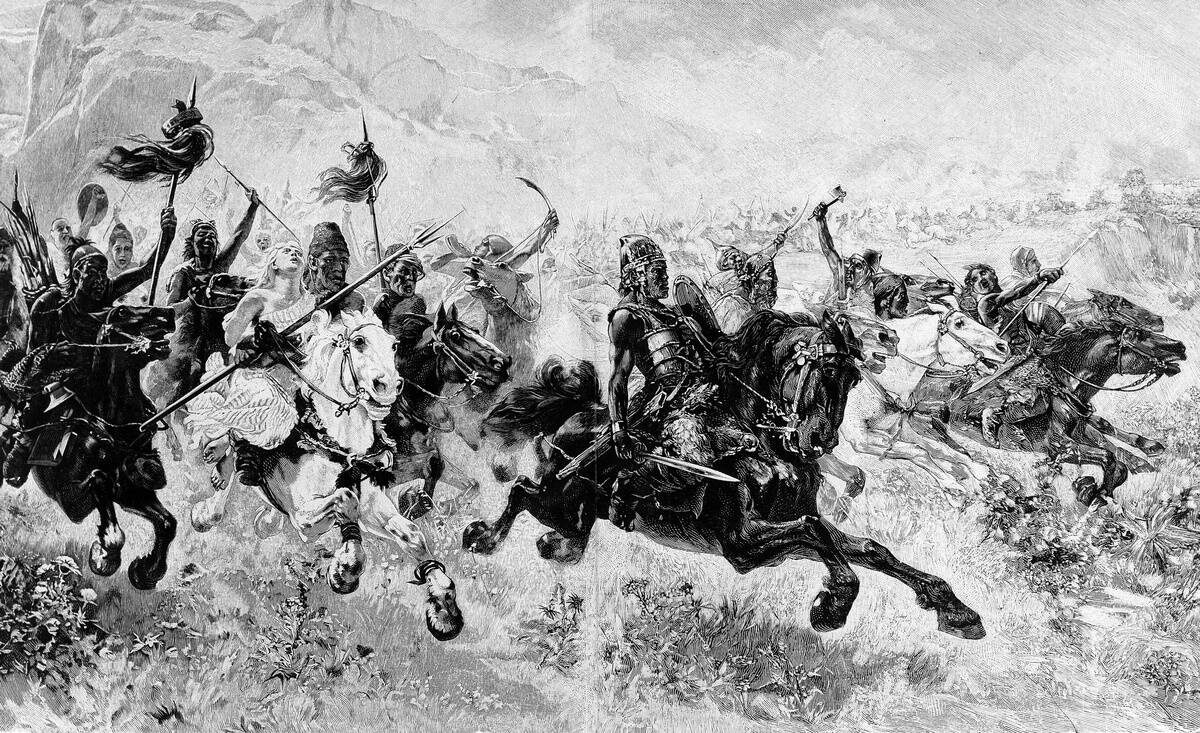
Led by the infamous Attila, the Huns were a nomadic tribe that swept across Europe in the 5th century. Their fearsome reputation stemmed from their swift horseback attacks and ruthless tactics.
Attila’s leadership unified the Huns, making them a formidable force against the Roman Empire. The Huns’ invasions contributed to the decline of Rome, as they plundered and devastated vast territories. Attila’s legacy as ‘The Scourge of God’ endures in historical memory.
The Strategic Carthaginian Forces
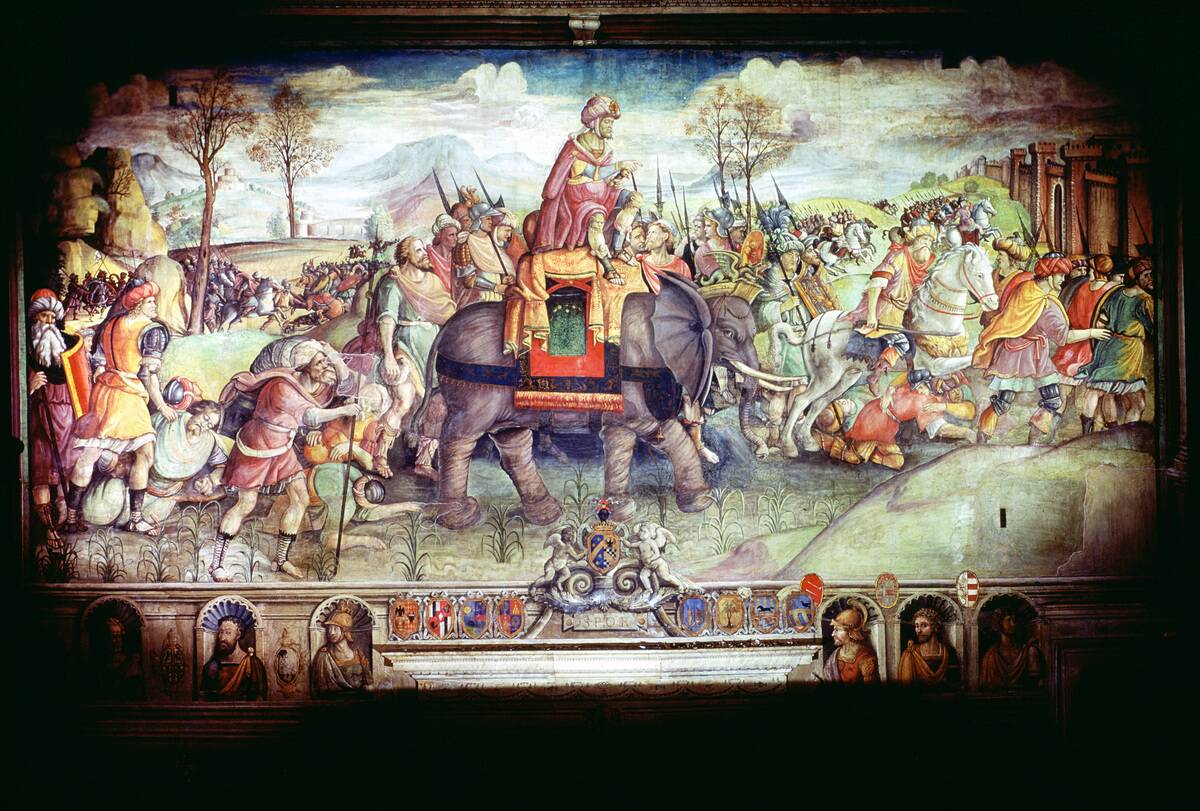
The Carthaginian forces under leaders like Hannibal were renowned for their strategic brilliance during the Punic Wars against Rome. Hannibal’s daring crossing of the Alps with war elephants remains one of the most celebrated military feats in history.
Carthage’s navy was also a significant power, controlling trade routes across the Mediterranean. Despite their eventual defeat by Rome, the Carthaginians’ innovative tactics and determination left a lasting impact on military history.
The Resilient Swiss Mercenaries
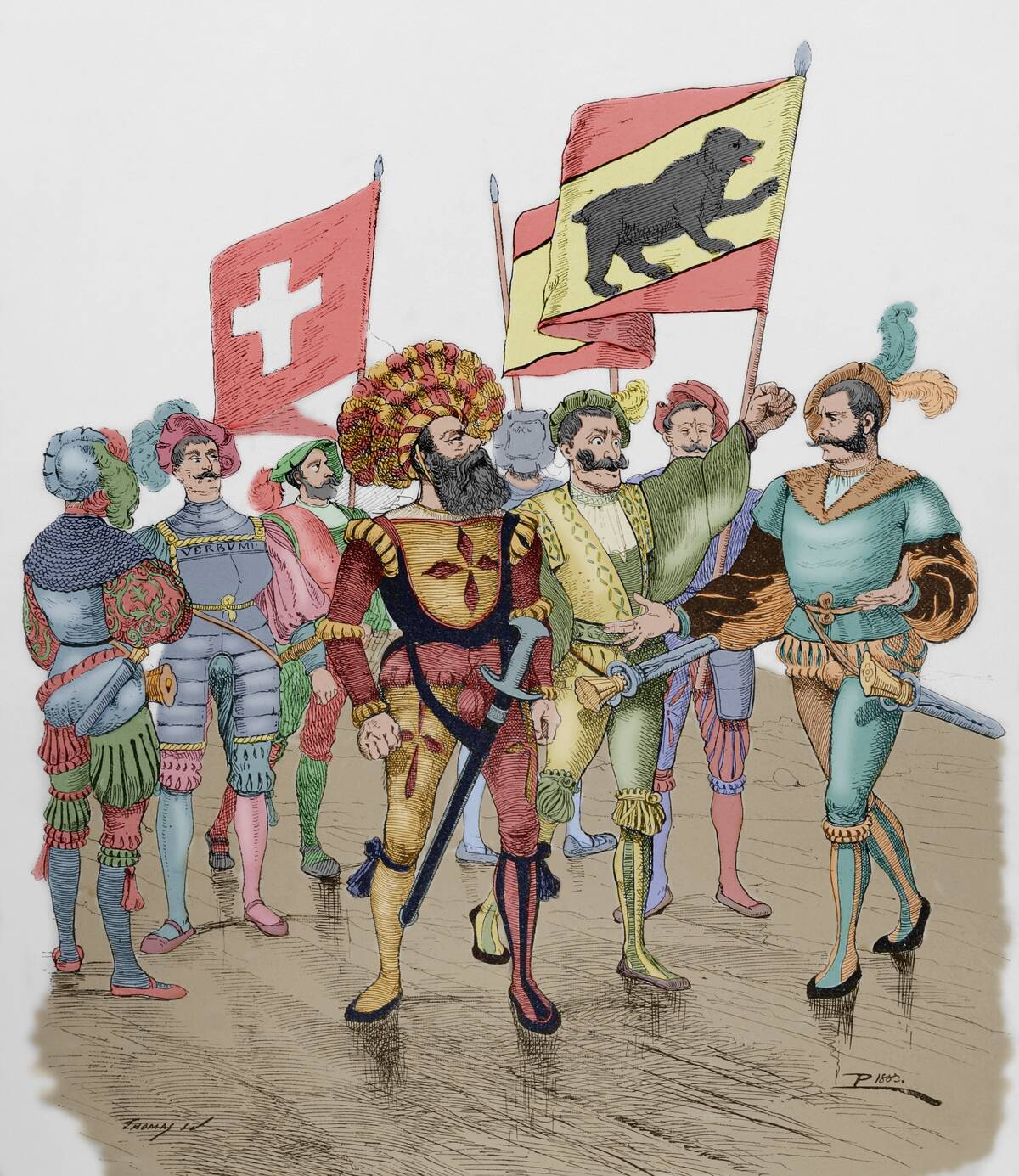
Swiss mercenaries were highly sought after during the late Middle Ages and the Renaissance for their discipline and combat effectiveness. Known for their use of pikes and halberds, they were formidable opponents in battle.
Swiss soldiers developed a reputation for fierce independence and fighting prowess, often serving in foreign armies across Europe. Their contributions to military tactics, particularly their use of tight infantry formations, influenced the development of modern warfare.



